Disabled Angel Babes
When you think of the word “disabled” what adjectives come to mind? I’d bet the remainder of my left arm that “sexy” is nowhere near the front of that list. Throughout the late 2010s / early 2020s we’ve seen more and more lingerie companies challenging this narrative. Major brands like Aerie and SKIMS have ventured into this space, acknowledging the importance of catering to all body types and abilities. Similarly, dedicated adaptive brands such as Libarare and Springrose have emerged, specifically addressing the needs of individuals with disabilities.
Victoria's Secret's adaptive line enters this evolving landscape, particularly noteworthy given the brand's historical association with unrealistic beauty standards, as epitomized in popular culture critiques like the satirical song mocking its narrow representation of women's bodies.
While we love that the brand is taking big steps to become more inclusive, we’re not as pumped on the execution of how they’ve gone about it so far. While they’ve done some really cool things with their adaptive movement, there’s still tons of opportunities for growth with the brand’s inclusive initiatives. Let’s take a look at what worked and what they could work on, together.
What worked:
They did something!
Many brands start by just popping disabled talent in a campaign, not realizing their products are extremely inaccessible to that person in their everyday lives. The initiative to create adaptive products is meeting a genuine need within the community.
They have authentically disabled models
Gorgeous friends of Misfit, Bria and Paula, are just some of the incredible models behind the brand’s adaptive line. We love seeing authentic casting and representation.
They were intersectional
They went beyond the status quo of disability inclusive casting and ensured that their disabled models had varying disabilities, access levels and from varying racial backgrounds.
What didn’t work:
They only feature disabled models on their adaptive lines
Disabled models were only featured at the Runway of Dreams–a bit insulting considering how much content marketing Victoria’s Secret does. Additionally, while we love the awareness that this event initially created surrounding the possibility of inclusive fashion, we strongly believe that disability only focused fashion shows need to be retired.
The reality is that when disabled models are featured in a “special” show rather than alongside their nondisabled counterparts in the brand’s primary fashion show it is no longer inclusion, but seculusion. True integration means consistently featuring these models alongside their non-disabled counterparts in all campaigns, not as an afterthought or special feature.
PR Positioning + Efforts
The reality is that other brands (like the aforementioned ones in our opening) have been doing inclusive marketing and product design for years. It’s important for creative teams and leaders to have a gut check (and slice of humble pie) and recognize that they aren’t pioneers. In fact, they’re late to the party. The articles published surrounding this initiative were steeped with a trope we call “nondisabled saviorism” positioning Mindy Schrier as the “hero” in guiding these efforts.
While we like a lot of Mindy’s work, positioning a nondisabled woman as the force behind an adaptive line is….a choice. Especially considering many articles have pointed out that there’s a lot to be desired in terms of functionality of the items. This has resulted in a lot of backlash from the disability community, dampening what could, and should be such a bright moment for the brand.
Misfit recommendations:
Work with existing adaptive lingerie companies:
Accepting that disabled people with lived experience in accessibility will always know more about accessibility than any disability adjacent designer is a hard pill for many to swallow, but it’s the truth nonetheless. We’d recommend that VS partner with a company like Springrose who has dedicated their entire company and product development towards ensuring that people with disabilities have beautiful and accessible bras. They’ve done the hard work, and collaboration gets us all to a more accessible world much faster than going it alone.
Feature disabled people in all content:
Put Paula on the front page of your website. Put Bria in your window displays. Feature Syanne alongside non disabled angels. This is such an easy win and would build on one of the Misfit Media values we teach all clients: long term partnership for long term change. Show our community this wasn’t a flash in the pan, but rather a first step in a long journey of inclusivity.
Do a Disability Pride Campaign:
Disability Pride Month is in July and we’d love to see VS start working now towards a campaign focused on not just the fact that adaptive bras are needed but that“Disability is Sexy.'' Feature the voices of people from the disability community who have been told our entire lives how undesirable we are. If the brand really wants to invest in doing the work, they could work with organizations that teach inclusive sex ed to people with disabilities or do an awareness campaign surrounding the Love Tax that makes it extremely challenging for disabled people to marry.
By embracing these changes, Victoria's Secret has the potential to transform from a brand criticized for narrow beauty standards to a leader in inclusive fashion. We encourage the brand to continue on this path, recognizing that true inclusivity in fashion is not just a trend but a reflection of a diverse and evolving society. Hey Victoria, we’re ready when you are.
